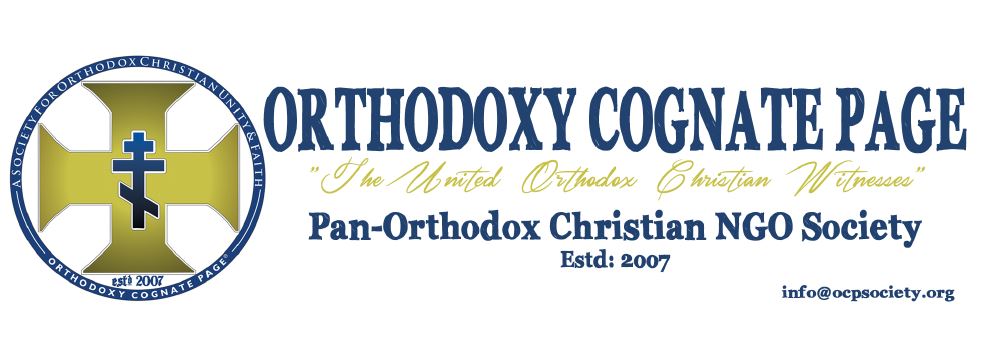Only 37.9% of the places of worship built in Romania after 1989 belong to the Romanian Orthodox Church
![]()
www.patriarhia.ro – April 2016
The Romanian State Secretariat for Religious Affairs has recently published a centralized analysis regarding the number of places of worship in Romania, as at 31 December 2015. These statistics offer the possibility of a quantitative comparison between religious denominations and have the advantage of clarifying an aspect that has been more and more invoked as problematic: building churches.
Taking into account that the communist regime hindered the construction of places of worship and as a consequence of the demographic increase after the year 1989 building new churches became a necessity. These churches have been built at the initiative of communities of believers. After 26 years, only the Romanian Orthodox Church has become the target of criticism related to this subject.
The information published by the State Secretariat for Religious Affairs shows a surprising, still real, situation, which should be acknowledged in any honest analysis.
Thus, the Orthodox faithful, representing 86.45% of the Romanian population according to the latest census (2011), have 59.9% of the total number of places of worship, while the other officially recognised religious denominations own 40.1%.
Furthermore, according to the situation presented by the State Secretariat, the Romanian Orthodox Church represents by far the religious denomination with the fewest churches related to the number of believers, with an average of 994 Orthodox faithful allotted to each place of worship. If we take into account the fact that out of the 16,403 Orthodox places of worship referred to in the report, according to the records of the Romanian Patriarchate, only 13,511 are parochial (parish churches and affiliated churches, the other being cemetery chapels, monastic churches and chapels), thus there is a church for every 1,200 Orthodox faithful.
On the other hand, it is important to notice that during the last 26 years, after 1989, the Romanian Orthodox Church (representing 86.45% of the population) completed the construction of 3,191 churches, while the other officially recognised religious denominations (representing 13.55% of the population) have built 5,222 places of worship.Therefore, one can remark that only 37.9% of the total number of places of worship, built after 1989 (in Romania), are Orthodox.
The Romanian Orthodox Church is not, as reasonably expected, on top of the list of percentage increase in the number of churches after 1989 (including those under construction). It is only the seventh, with a percentage increase of 35.1% during 1989-2015. For the same period, Pentecostals had an increase of 268.8%; Seventh-day Adventists, 199.2%; Christians according to the Gospel, 170%; Baptists, 113.7%; Old Rite Russian Orthodox Church, 45.6%; and the Reformed Church, an increase of 35.47%.
Pentecostals have an average of 122 faithful assigned to each place of worship; Seventh-day Adventists – 64 faithful to each place of worship; Christians according to the Gospel – 93 faithful to each place of worship; while the Baptists – 72 faithful to each place of worship.
Referring to the religion with the highest percentage increase (Pentecostals – 268.8%), it can be noticed that for its 356,314 members, 1,950 places of worship have been built after 1989, while for the 16,307,004 Orthodox believers 3,191 churches have been built.
In Bucharest, if we compare to the national Orthodox average, the number of churches is also under-represented. For a resident population of 1,587,951 inhabitants, there are 260 Orthodox churches (parochial churches, monastery churches and chapels), i.e. each place of worship is assigned to 6,108 inhabitants.
In conclusion, the centralized analysis presented by the State Secretariat for Religious Affairs clearly shows that the Romanian Orthodox Church remains the denomination with the fewest churches related to the number of faithful, having a problematic situation in Bucharest, where each of the existing churches serves more than 6,000 people.
